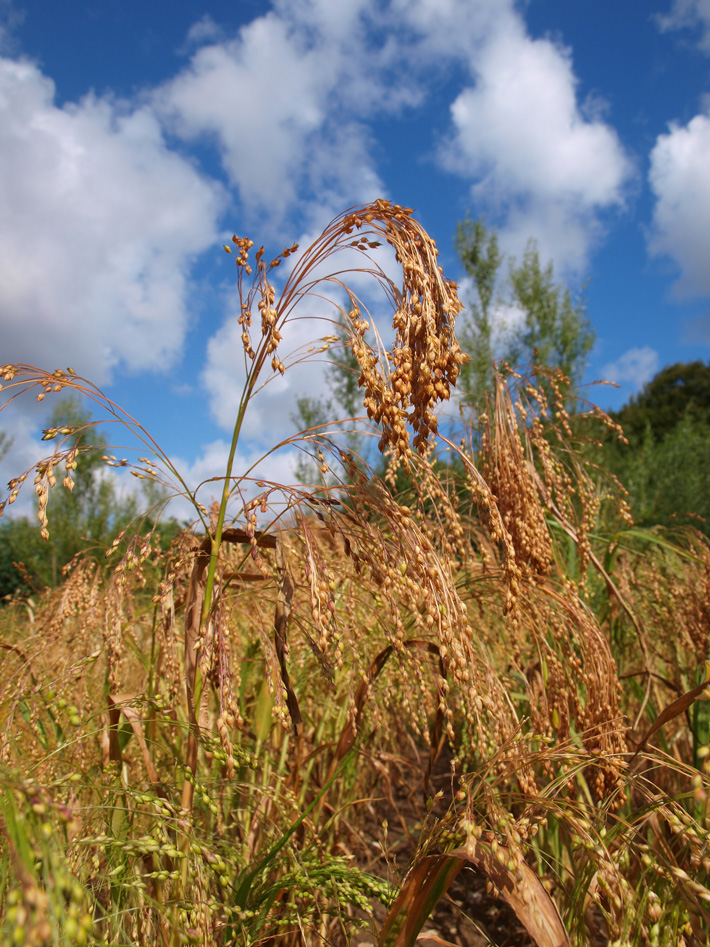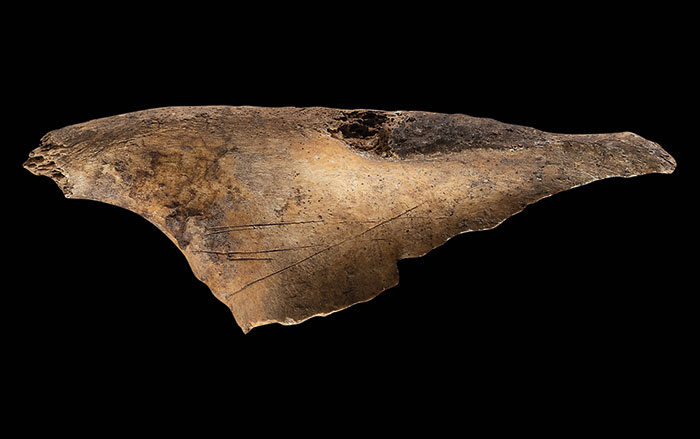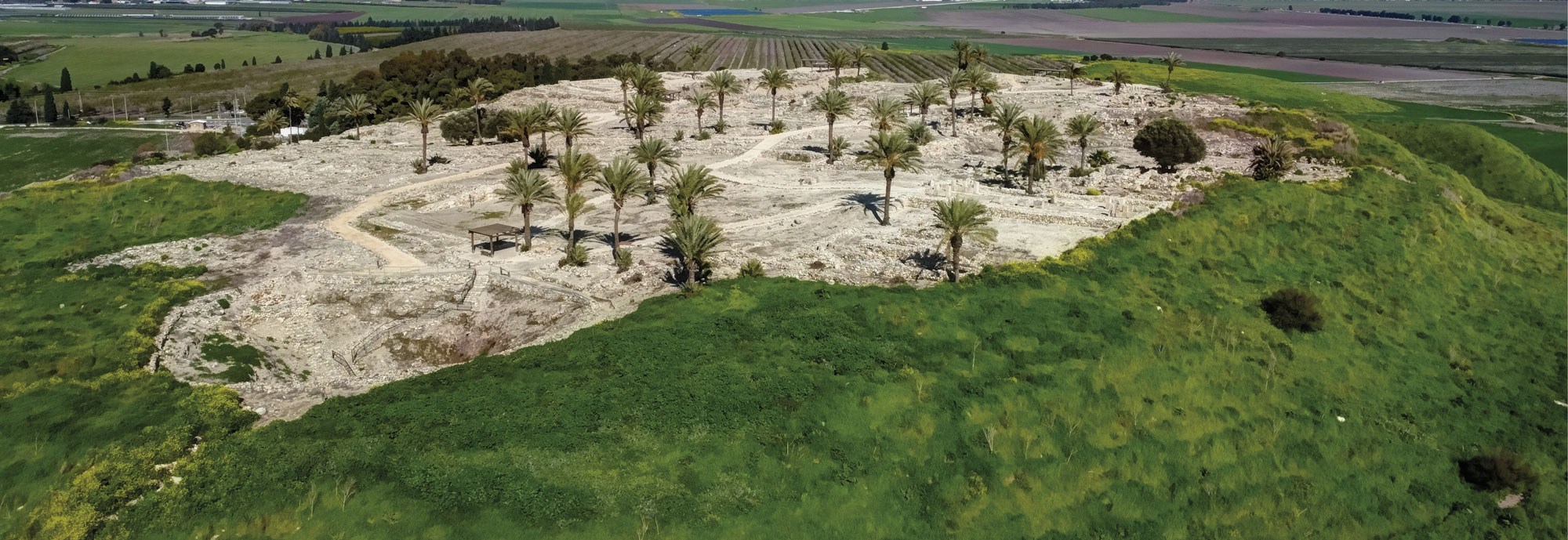
KIEL, GERMANY—According to a statement released by Kiel University, an international team of researchers radiocarbon-dated millet samples recovered from 75 prehistoric archaeological sites in an effort to determine when the crop was first cultivated in Europe. A hardy, nutritious grain that grows quickly, millet was domesticated in northeastern China some 8,000 years ago. The study suggests that it reached Central Europe around 1500 B.C. and spread rapidly. Team leader Wiebke Kirleis said the crop probably traveled along established networks for trading bronze, gold, and amber, and offered Bronze Age farmers a grain that could increase their food security. Read the original scholarly article about this research in Scientific Reports. To read about millet as an ingredient in ancient Chinese beer, go to "World Roundup: China."










